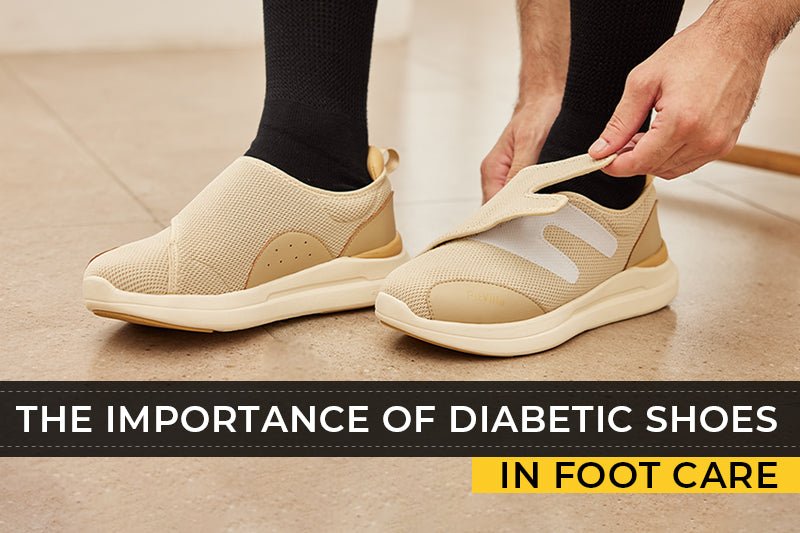The impact of diabetic shoes on foot health and overall well-being

Diabetes affects millions of people worldwide. One of the many complications of diabetes is poor foot health that can lead to serious infections and even amputations. Diabetic shoes are designed to prevent foot problems and provide positive impact on foot health and overall well-being.
What are diabetic shoes ?
Diabetic shoes are specially designed footwear that provides extra support and cushioning to the feet. They are made from breathable materials and have a wider and deeper toe box to accommodate foot deformities such as bunions and hammertoes. They also have a firm heel counter to provide stability and prevent slippage.
How do diabetic shoes impact foot health?
One of the most common foot problems in people with diabetes is neuropathy , which is a loss of feeling in the feet. This can lead to injuries that go unnoticed and can become infected. Diabetic shoes like FitVille BriskWalk Recovery Slip-On Shoes provide extra cushioning and support to the feet, which can reduce the risk of injuries and infections.
Diabetic shoes can also prevent foot ulcers, which are a common complication of diabetes. Foot ulcers are open sores that can become infected and lead to complications such as amputation. Diabetic shoes are designed to reduce pressure on the feet and redistribute weight, which can reduce the risk of developing foot ulcers.
In addition to preventing foot problems, diabetic shoes can also improve overall well-being. Poor foot health can lead to discomfort and pain, which can affect mobility and quality of life. Diabetic shoes like FitVille EasyTop Diabetic Shoes and FitVille EasyTop Wings V2 can provide a comfortable, cushioning and supportive fit, which can improve foot health.
Diabetic shoes can have a significant impact on foot health and overall well-being. They are designed to provide extra support and cushioning to the feet, which can prevent foot problems such as neuropathy , foot ulcers, and infections. They can also improve overall comfort and mobility, which can improve quality of life for people with diabetes.
About FitVille Footwear
Just Follow us on LinkedIn, Facebook, YouTube, Instagram, RSS feed and Pinterest to catch our brand news.
What FitViller Prefers
Best Shoes to Buy

Popular Men's Shoes

Popular Women's Shoes


































